M’sian students make breathable bricks to reduce A/C use, win national James Dyson Award 2024
Every year, the James Dyson Award (JDA) brings together design engineering university students and graduates to share their inventions that solve a problem.
And every year, JDA will select national winners in each participating country, including Malaysia.
This year, the honour of that title goes to Brikoole, a passive cooling system with a bold ambition of reducing the need for air conditioning in buildings.
A cool invention
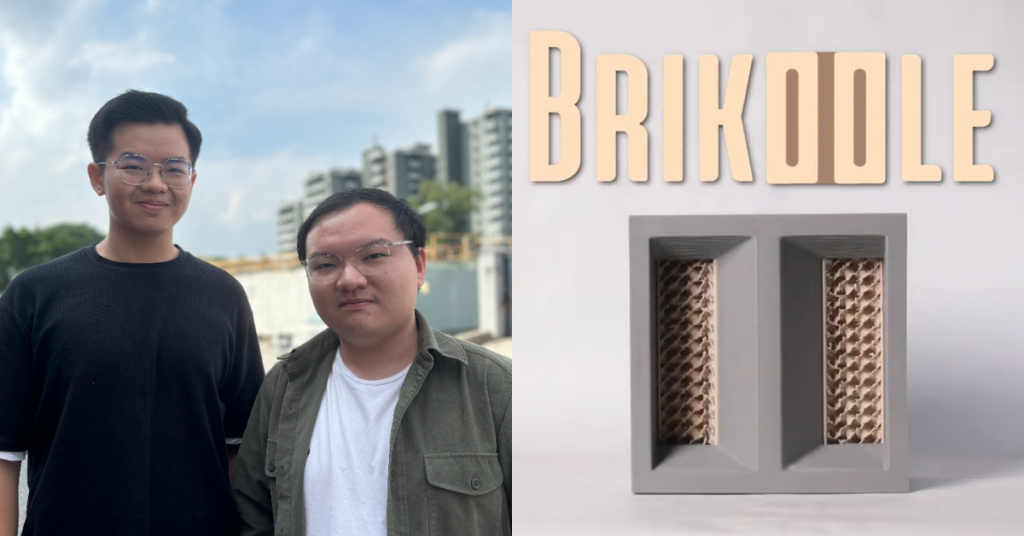
The winning team comprises two students from the Asia Pacific University of Technology and Innovation—Chee Kin Chong (Wayne) and Kah Zun Ng (Nixon).
Their solution, the Brikoole, rethinks building materials to bring about advancements in sustainable building temperature control.
Their tagline is, “Revolutionising home cooling the natural way. No electricity, no noise, just Brikoole.”
People all across the globe have been experiencing heat waves in recent months, and Malaysia is most definitely not exempt.
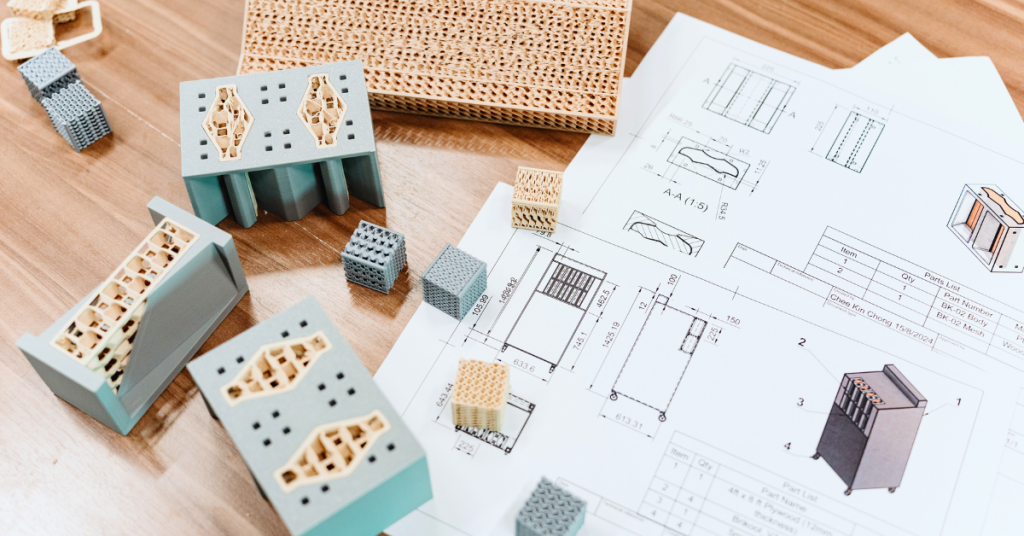
Wayne and Nixon are directly tackling that issue through their passive cooling system that’s designed to operate within a building’s structure.
“Someone that I care a lot about recently had a spike in their electricity bill to an amount that is severely affecting their family’s financial status, which led me to dive deep into this problem,” Nixon shared.
Their solution uses controlled airflow and evaporative cooling to reduce indoor temperatures without external energy.
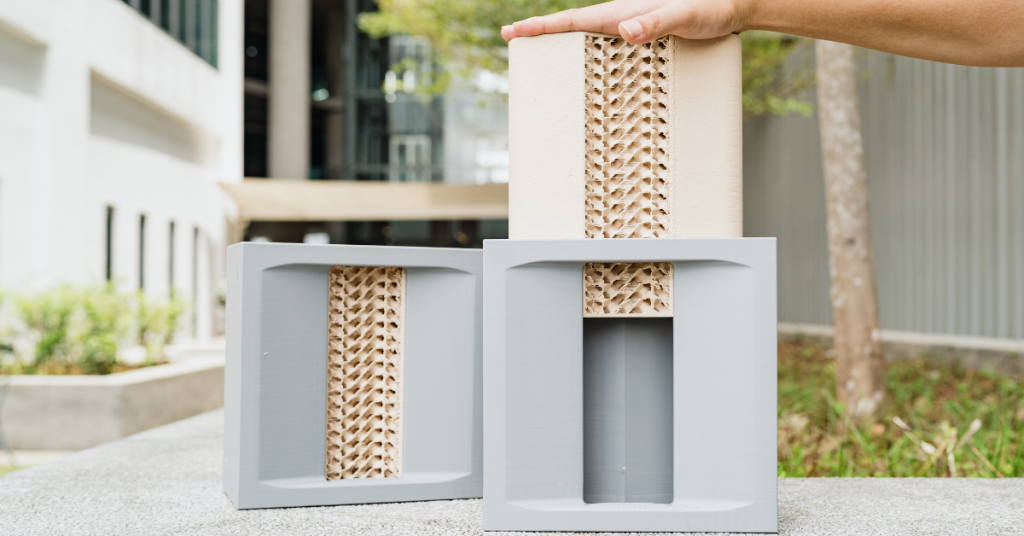
“We’ve drawn inspiration from diverse sources, including the sophisticated ventilation systems of termite mounds, the elegant efficiency of wind catchers in traditional Middle Eastern architecture, the cooling properties of Salsabil Fountains, and the temperature-regulating capabilities of porous ceramics,” they elaborated.
The Brikoole employs a multi-layered approach to achieve its cooling effect. The exterior of the brick features strategically placed ventilation holes that allow air to enter.
The air then passes through a 3D-printed honeycomb mesh made of wood PLA, though the team has plans to change that to ceramic in the final design.
This mesh is kept consistently moist via an integrated water distribution system. So as air traverses this humid environment, evaporation occurs, effectively cooling the air. This cooled air is channelled into the building’s interior.
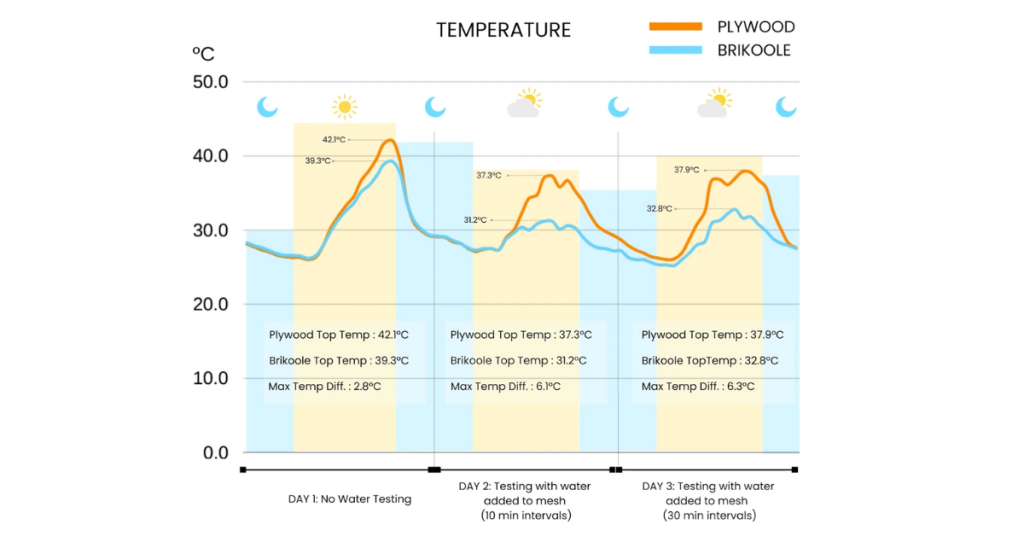
The students’ testing showed that Brikoole was able to achieve a reduction of 6 degrees Celsius on average. They shared that the total annual savings with Brikoole could be up to 8.02 billion kWh, leading to a total reduction of carbon dioxide emissions by 5.21 million metric tonnes.
“It took us two months to research, test, and develop the prototype,” Wayne shared. “From our tests, we learnt that using the right geometry pattern was important in achieving optimum results.”
Scaling it up
Going forward, the duo shared that they will focus on refining and expanding the capabilities of Brikoole.
“Our immediate plans include transitioning from the current wood PLA mesh to a more efficient 3D-printed ceramic internal structure,” they shared. “We are also committed to conducting comprehensive real-world testing in the tropics.”
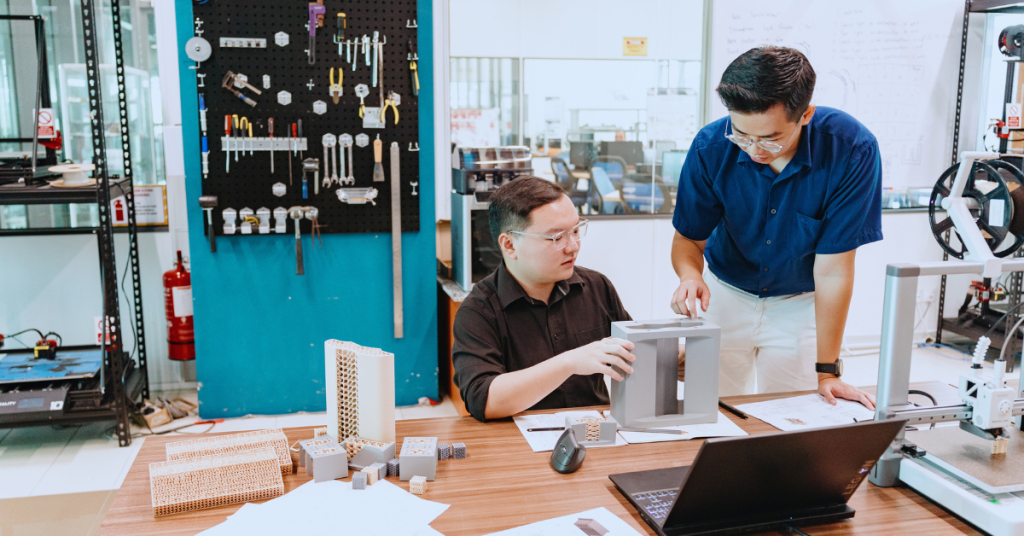
“Additionally, we are exploring potential design variations to cater to specific building types and regional climate challenges. Our long-term vision involves fostering partnerships with forward-thinking construction companies to facilitate the implementation of this revolutionary technology, potentially transforming the landscape of sustainable architecture.”
The team shared that Brikoole is inherently modular and scalable, unlike traditional passive cooling methods that often require separate systems or significant architectural modifications.
With that in mind, it seems like there’s plenty of growth potential for the students’ passive cooling system.
Meet the runner-up winners
Alongside Brikoole are runner-up winners, NEAR Exergame and Floodsack.
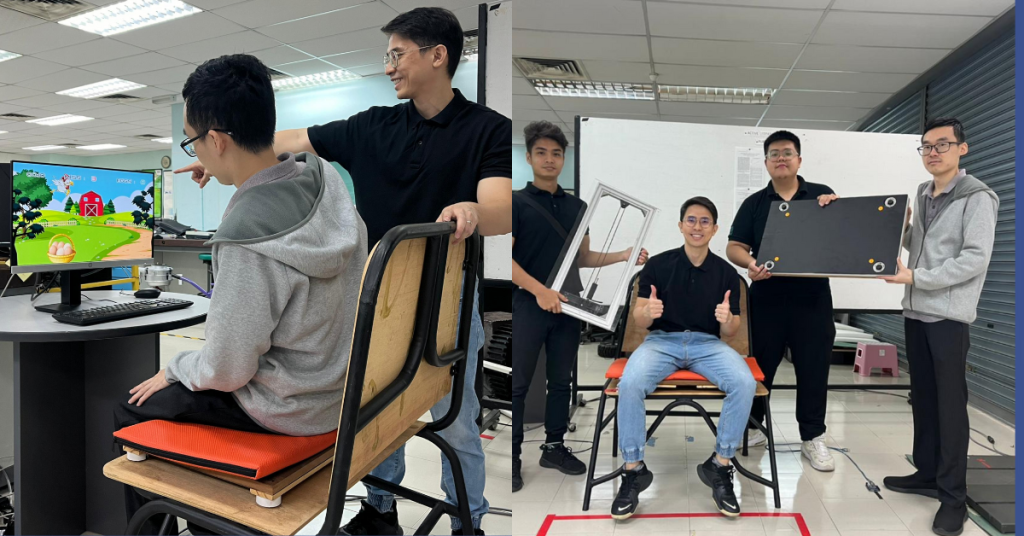
NEAR Exergame is a rehabilitation device that combines therapeutic exercises with gaming elements to make the recovery process of a stroke survivor less daunting. This, in turn, reduces dropout rates.
The solution involves a cost-effective force plate-based gaming system that provides real-time feedback and tracks progress with an AI model, motivating patients and improving treatment efficacy.
It was created by students from Universiti Sains Malaysia, specifically: Alexander Tan Wai Teng, Wei Jim Tan, Yong Jie Wong, and Ying Heng Yeo.
They shared that their inspiration for NEAR Exergame came from personal experiences with family members who suffered from strokes.
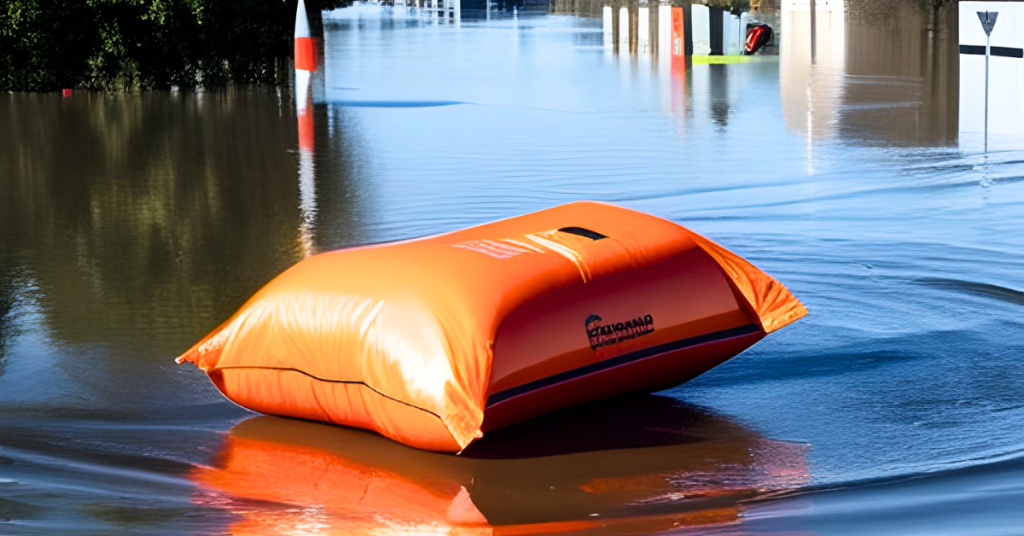
The other runner-up, Floodsack, is a buoyant storage bag for floods.
Floods are a frequent and inevitable disaster in Malaysia which causes millions of Ringgits’ worth of domestic losses, so Floodsack was developed to preserve valuables in floods. It’s designed to stay buoyant above floodwaters for weeks.
The team behind it is from Universiti Kebangsaan Malaysia and comprises seven members—Tian You Lee, Chen Wee Eu, Yau Kin Hou, Chai Yuan Zheng, Ashraf Zhu An Bin Amir, Ian Ooi, and Isaac Cheah Yung Tze.
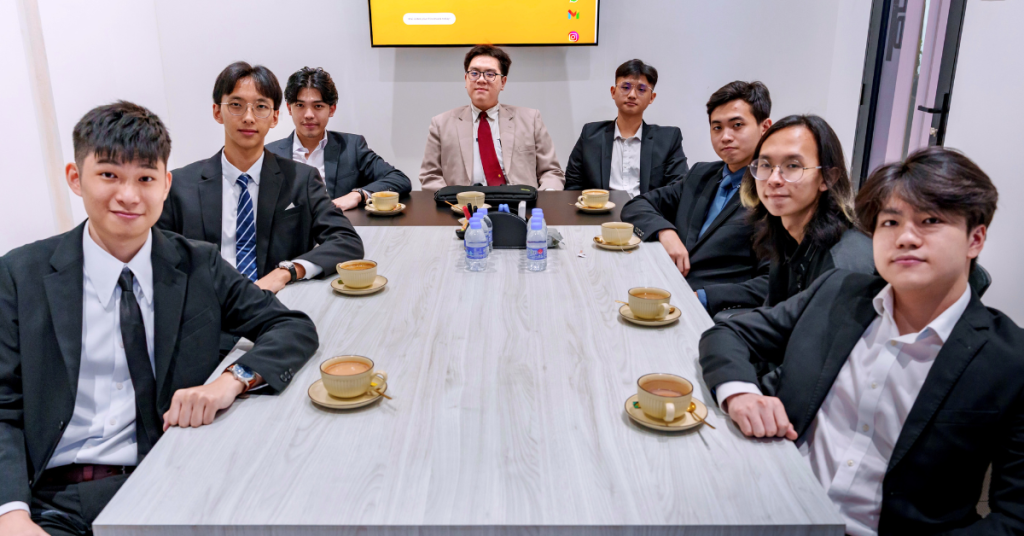
Congratulations to all the students, and we hope they continue working on their impressive innovations.
Being named the national winner has earned the Brikoole team RM29,300.
The next step now for Brikoole is to wait for the Dyson engineers’ shortlist, which will happen on October 16. During this process, Dyson’s engineers will whittle down the remaining competitors to a shortlist of just 20 inventions. From there, the global winners will be chosen by James Dyson on November 13.
We wish team a hearty congratulations and the best of luck!
- Learn more about the James Dyson Award here.
- Read past articles we’ve written about the James Dyson Award here.
Featured Image Credit: James Dyson Award
